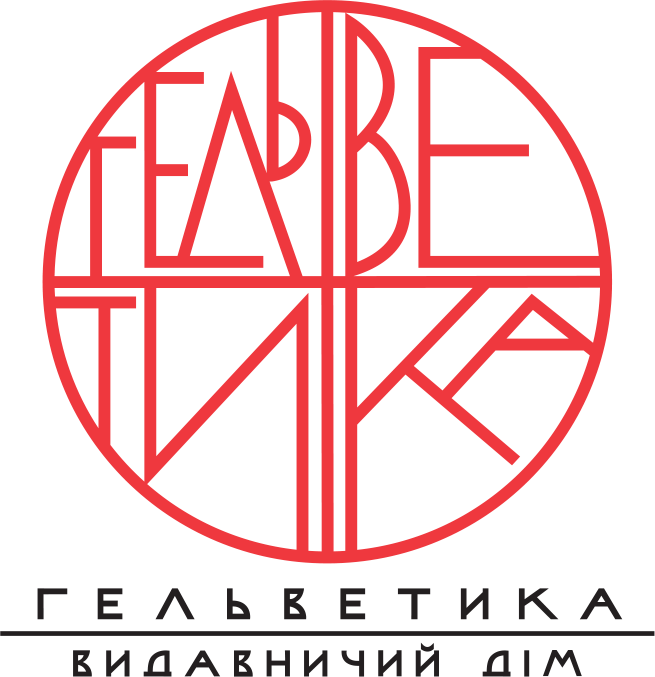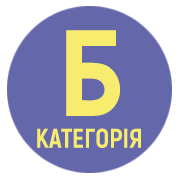THE PLACE AND ROLE OF CALLIGRAPHIC INSCRIPTIONS IN THE WORKS OF OLEXANDER ZHYVOTKOV
DOI:
https://doi.org/10.32782/uad.2024.6.5Keywords:
Ukrainian contemporary art, calligraphy, author's technique, tradition, postmodernism, sacred artAbstract
The aim of the study is to analyze the features of the use of calligraphic inscriptions in the works of O. Zhyvotkov as a means of artistic expression, which combines the traditions of sacred art, modern aesthetics and symbolism. The article analyzes the role of text fragments in the overall composition, their symbolic meaning and interaction with the holistic visual image of the painting. The works from the series “Cat” (2007), the cycles “Roads. Direction to the North East” (2013), “Work with Biblical Texts” (2012), “On the Question of Nepalese Thangkas” and individual works from other periods are considered. The article identifies three main types of work with text that can be traced in the works of O. Zhyvotkov: handwritten text covering the background of the image, text fragments in a clearly defined field, as well as calligraphic elements as a decorative frame. An attempt is presented to interpret the use of the above-mentioned approaches from the point of view of enriching the imagery of the work of art. It has been determined that the text in the artist’s works performs both a semantic and compositional function, influencing the overall rhythm of the work. Calligraphic inscriptions in the artist’s paintings interact with symbols, such as a circle or a cross, which contributes to their sounding as an image of sacred secret knowledge. The article examines the connection of O. Zhivotkov’s work with the traditions of ancient papyri, with medieval art of the Far East, where text and image often form a single artistic structure. The use of calligraphy as a means of artistic expression gives the works the effect of historical depth, immersion in archaic layers of culture. This is facilitated by the illegibility, sometimes blurring of the text, and the dark background of the image. These techniques create the effect of mystery, involving the viewer in attempts to interpret the content. It is shown that the integration of text into the pictorial space of O. Zhyvotkov's paintings is an important artistic technique that gives the artist's works a special meditative character, immersing the viewer in the space of semantic and visual relationships.
References
Петрова О. Білі вікна, чорні дороги. Протоархаїка Олександра Животкова. Третє Око: Мистецькі студії: Монографічна збірка статей. Ін-т проблем сучас. мистец. АМ України. К. : Фенікс, 2015. С. 316–324.
Петрова О. Мистецький Київ 1990-х. Реконструкція. Київ: Publish Pro, 2019. 480 с.
Петрова О. Парадоксальний час та метафора у проектах українського контемпорарі арт. Третє Око: Мистецькі студії: Монографічна збірка статей. Ін-т проблем сучас. мистец. АМ України. К. : Фенікс, 2015. С. 74–88.
Петрова О. Міфологія Олександра Животкова. Дзеркало тижня. 2017. 09 червня. URL: http://zn.ua/ukr/ART/mifologiya-oleksandra-zhivotkova-245070_.html (дата звернення: 10.10.2023)
Аврамеко О. Запрошення до медитації. Капітал. 6 грудня 2013, п’ятниця, №162 (162)
Donin K Variations in stone. Alexander Zhyvotkov. Cardboad. Wood. Stone. Kyiv: Stedley Art Foundation, 2018. 176 p.
Балтазюк І. Символи-домінанти етносу у творчості київських митців. Українська академія мистецтва. 2022. Вип. № 32. С. 59–66.
Балтазюк І. Роль архетипів у збереженні національної ідентичності. Theoretical and empirical scientific research: concept and trends. Volume 4. July 24, 2020. Oxford, United Kingdom. P. 125–127.
Цит по: Балтазюк І. Символи-домінанти етносу у творчості київських митців. Українська академія мистецтва. 2022. Вип. № 32. С. 59–66.
Вишеславський Г. Contemporary art України – від андеграунду до мейнстріму. Київ : ІПСМ НАМ України, 2020. 256 с.: іл.



